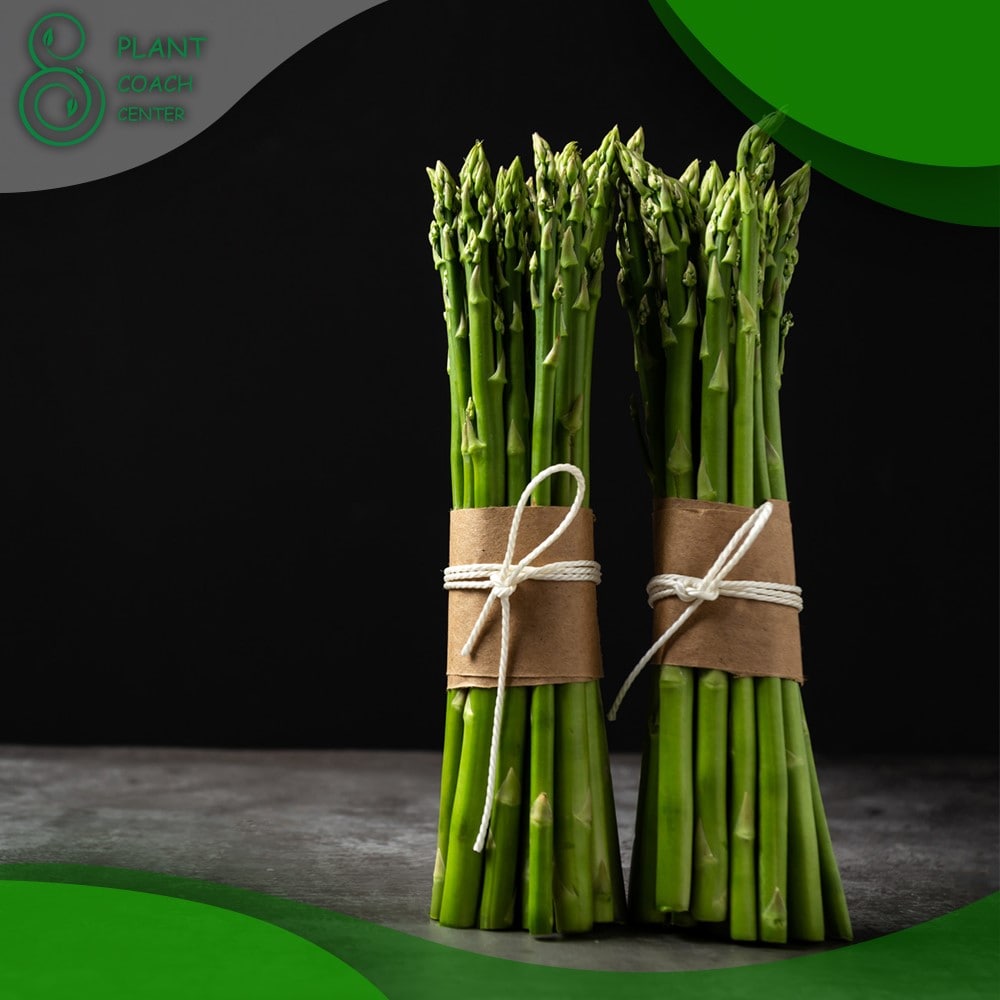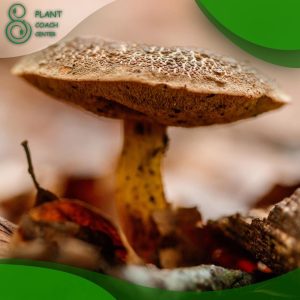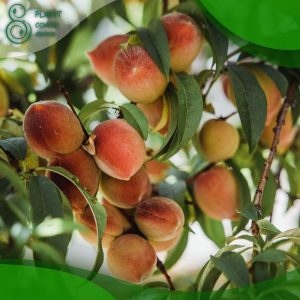How Do Asparagus Grow
Introduction
How do asparagus grow? This question has sparked curiosity among many gardening enthusiasts and for a good reason. Asparagus is a popular and nutritious vegetable that offers a unique flavor and a multitude of health benefits. This article will serve as a comprehensive guide to understanding and growing asparagus, brought to you by the experts at Plant Coach Center.
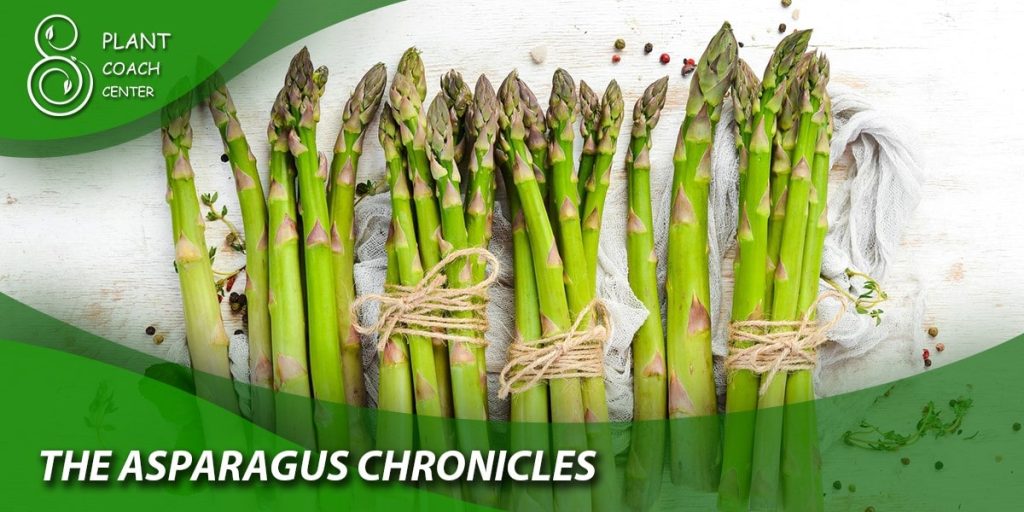
Understanding Asparagus: A Brief Overview
What is Asparagus?
Asparagus is a perennial plant that belongs to the lily family. What we eat are the young shoots of the plant, known as spears, which emerge in the spring. This plant is known for its high nutritional value, offering a good source of fiber, vitamins A, C, E and K, and folate.
How to Grow Asparagus
The Life Cycle of Asparagus
The life cycle of asparagus is quite fascinating. In the first year, the plants are typically left to grow without harvest, allowing them to build up energy reserves for future production. From the second year onwards, the spears can be harvested regularly each spring.
The Asparagus Growing Process
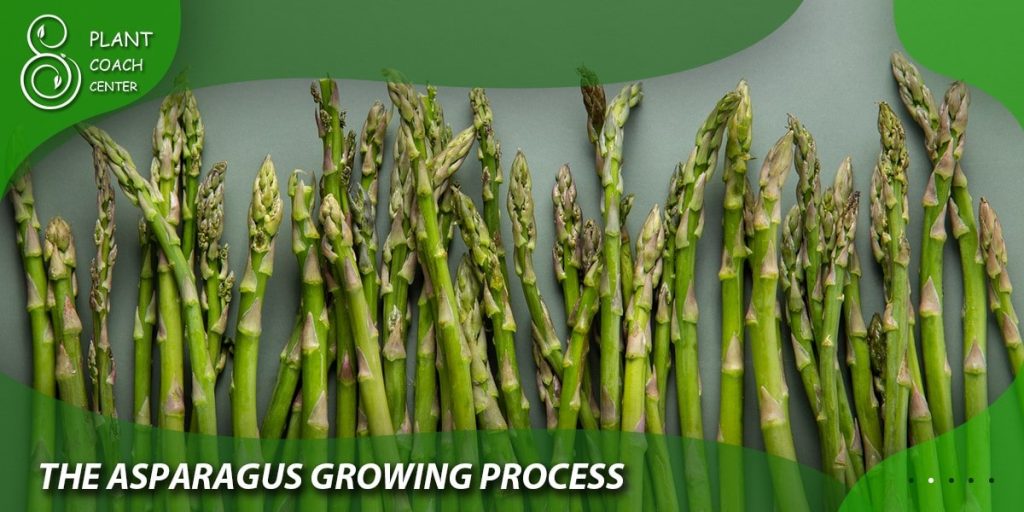
How Do Asparagus Grow?
Asparagus plants begin as a crown, which is planted in deep trenches. As the plant matures, it sends up fern-like growth, which feeds the crown and helps it produce more spears. The spears are harvested in the spring, and the ferns are allowed to grow throughout the summer to replenish the crown’s energy reserves.
The Ideal Conditions for Growing Asparagus
Asparagus thrives in certain conditions. Let’s dig into the soil and climate needs for these green spears to flourish.
Growing Asparagus in an Ideal Condition
Soil Requirements
Asparagus prefers well-draining soil with a pH between 6.5 and 7.5. It’s important to prepare the soil with compost or well-rotted manure to enhance fertility.
Climate and Sunlight Needs
Asparagus does well in temperate climates and needs full sunlight for optimal growth.
Steps to Grow Asparagus
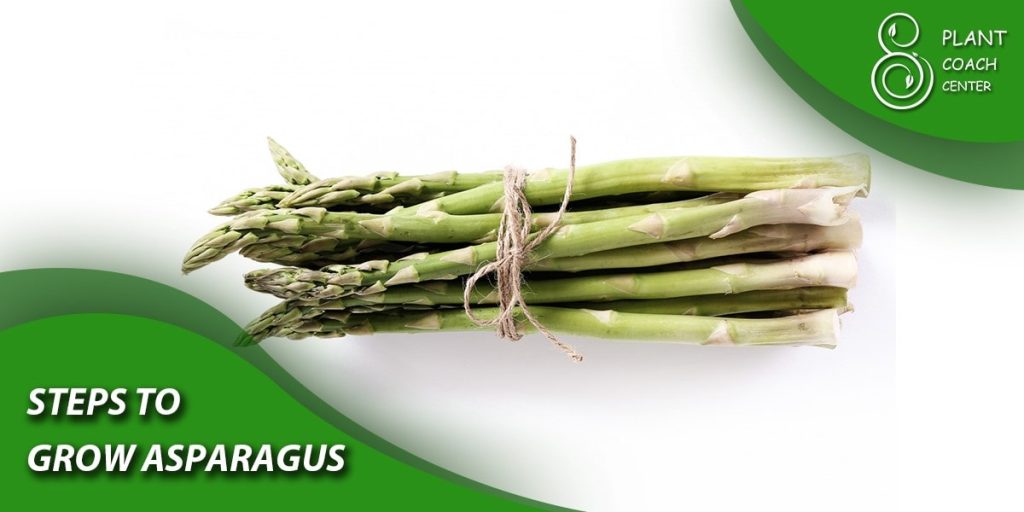
Preparing the Soil
Start by testing the soil to ensure it meets the pH requirements. Then, enrich it with organic matter to improve fertility.
Planting Asparagus Crowns
Plant the crowns approximately 15-20 inches apart in trenches 12-18 inches wide and 6-8 inches deep. Cover the crowns with 2-3 inches of soil, adding more as the shoots emerge.
Caring for Growing Asparagus
Watering and Fertilizing
Asparagus needs regular watering, particularly in dry periods. Apply a balanced fertilizer in early spring to promote growth.
How do Asparagus Grow
Pest Control
Watch out for common pests like asparagus beetle and treat them promptly to prevent damage to your plants.
Harvesting Asparagus
Harvesting typically begins in the third year when the spears are about 7-9 inches tall. Cut or snap them off at ground level.
How do I Know I Grow the Best Asparagus?
Growing asparagus is an investment in the future, as it can take a couple of years for the plant to establish and produce a harvest. However, once established, an asparagus bed can continue to produce for 20 years or more. Here’s a comprehensive guide to help you grow the best asparagus and recognize quality asparagus spears.
1. Choose the Right Variety: There are several varieties of asparagus, including ‘Jersey Knight’, ‘Mary Washington’, and ‘Purple Passion’. The choice of variety depends on your personal preference and climate. ‘Jersey Knight’ is favored for its disease resistance and high yield, while ‘Purple Passion’ is known for its sweet flavor.
2. Prepare the Soil: Asparagus prefers well-drained, sandy soil with a pH between 6.5 and 7.5. Before planting, enrich the soil with organic matter like compost or well-rotted manure to increase its fertility and improve its texture.
3. Plant Correctly: Asparagus is typically planted as one-year-old crowns. Dig a trench about 12-18 inches wide and 6-8 inches deep. Place the crowns in the trench about 12-18 inches apart, spreading out the roots. Cover with 2-3 inches of soil, and as the spears grow, gradually fill in the rest of the trench.
4. Care for the Plants: Asparagus needs regular watering, especially in the first two years as it’s establishing. Avoid overwatering, which can lead to root rot. Asparagus is a heavy feeder and will benefit from an annual top-dressing of compost or a balanced fertilizer.
5. Wait to Harvest: Resist the temptation to harvest asparagus the first couple of years after planting. This allows the plants to establish a robust root system. In the third year, you can begin to harvest when the spears are about 8-10 inches tall and as thick as your finger.
6. Monitor for Pests and Diseases: Common asparagus pests include asparagus beetles and aphids. Diseases such as rust, crown rot, and fusarium wilt can also occur. Regular monitoring and prompt action can keep these problems in check.
How to Recognize the Best Asparagus?
Recognizing quality asparagus involves looking at the physical characteristics of the spears and the conditions under which they’re grown.
1. Look for Firm Spears: The best asparagus spears are firm and straight, with a smooth texture. They should not be limp or wilted.
2. Check the Tips: The tips of the asparagus, known as the buds, should be tightly closed and compact. They are the most tender part of the spear and should not be mushy or starting to flower.
3. Consider the Thickness: While some people prefer thin spears and others prefer thick ones, the thickness of the spear does not necessarily indicate its quality or flavor. However, all the spears in a bundle should be roughly the same thickness to ensure they cook evenly.
4. Note the Color: Fresh asparagus spears should be a vibrant green color, although some varieties like ‘Purple Passion’ are a deep purple. The spears should not be overly white (a sign they’ve been grown without enough sunlight) or yellowing (a sign of age).
5. Sniff the Asparagus: Fresh asparagus should have a clean, earthy smell. A strong, unpleasant odor can indicate spoilage.
6. Look at the Growing Conditions: Asparagus that’s grown in well-drained, fertile soil and harvested at the right time will typically be of higher quality than asparagus grown in poor conditions.
Conclusion
Understanding how asparagus grow is key to successfully cultivate this nutritious and tasty vegetable in your garden. While it might take some time and patience, the reward of home-grown asparagus is indeed worth it. Growing the best asparagus requires careful preparation, patience, and attentive care, while recognizing quality asparagus involves examining the spears for signs of freshness and good growing conditions. With these tips in mind, you can enjoy the unique, delicious flavor of homegrown asparagus. Happy Harvesting!
To learn more about growing asparagus and other plants, visit our website for more expert advice and resources.
How long does it take for asparagus to grow?
Asparagus takes about two to three years from planting to harvest.
How much sun does asparagus need?
Asparagus needs full sun, which equates to about six to eight hours of sunlight daily.
How often should asparagus be watered?
Asparagus should be watered regularly, particularly during dry periods.
Can you grow asparagus from a seed?
? Yes, but it’s a longer and more complex process than growing from crowns.
Why are my asparagus spears thin?
Thin spears could be a sign of an older plant nearing the end of its productive life or a plant that has been over-harvested.
Is asparagus a perennial plant?
Yes, asparagus is a perennial plant, which means it can produce for up to 20 years!


